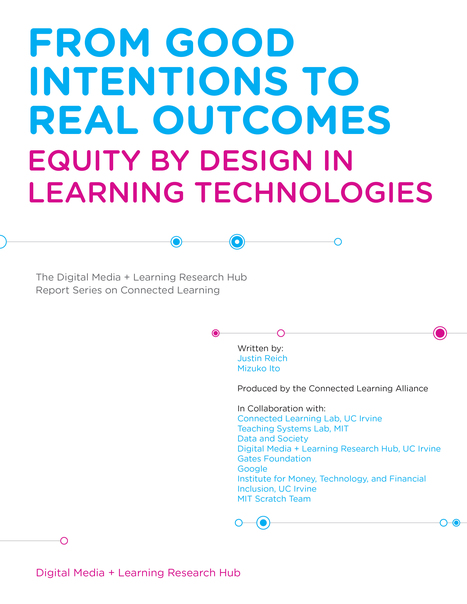You’re committed to equity and inclusion. You’ve been educating yourself about how higher ed systemically and systematically privileges some and disadvantages others, while working to create a just and equitable experience for minoritized students. Active learning pedagogies are already part of your toolbox, and you support your department’s ideas on curricular change. Still, you aren’t quite sure how to translate your commitment into further action. What’s next?
The following article identifies four pedagogical strategies for creating and delivering the equity-minded course you’re seeking. I suspect at least several of these are already familiar to you, so I’ve also included suggestions for how to extend and deepen your use of them. They are presented in no particular order; start with which ever one makes sense for you, your students, and the content you teach.
Research and publish the best content.
Get Started for FREE
Sign up with Facebook Sign up with X
I don't have a Facebook or a X account
Already have an account: Login
Literacy in a digital education world and peripheral issues.
Curated by
Elizabeth E Charles
 Your new post is loading... Your new post is loading...
 Your new post is loading... Your new post is loading...
|
|

















